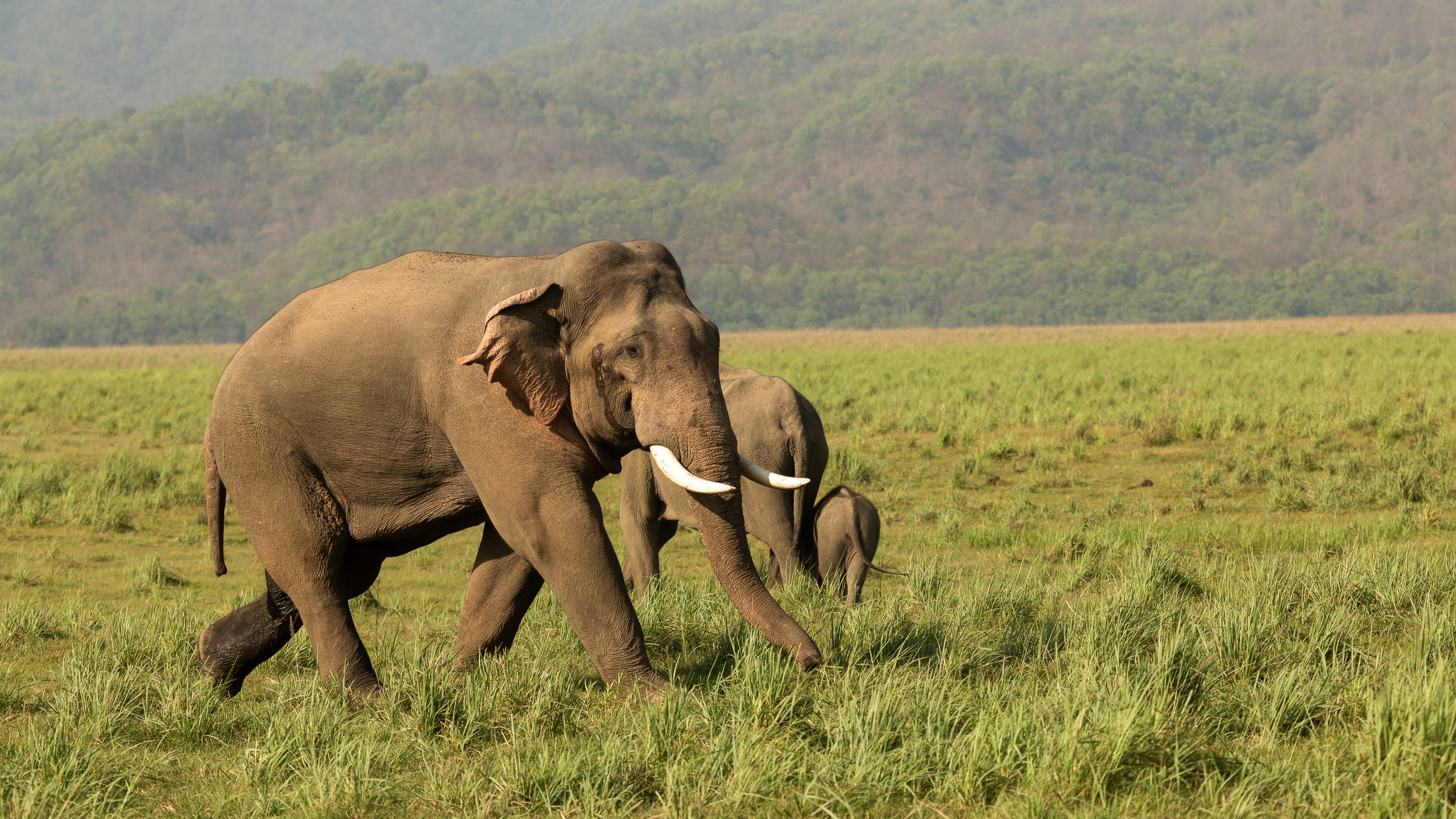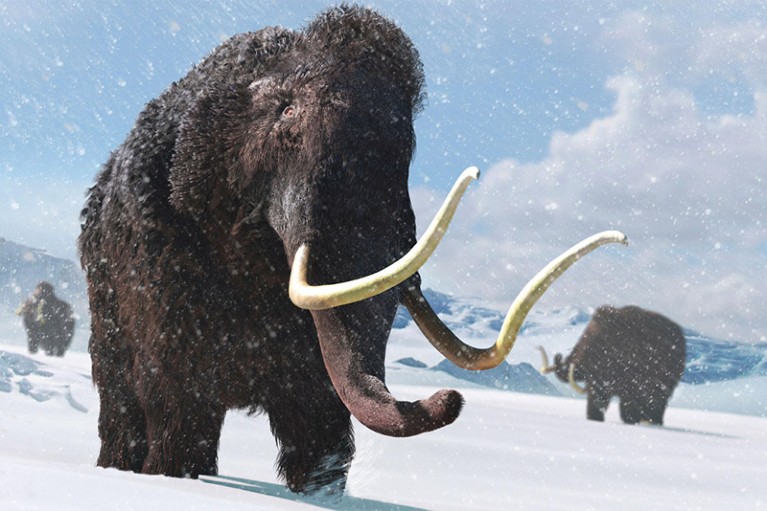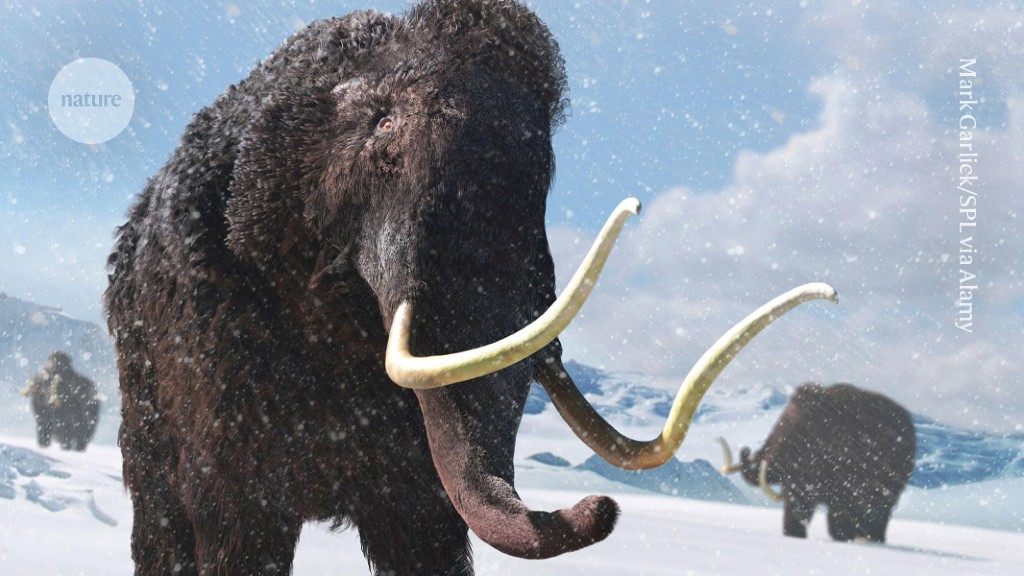
The de-extinction of the woolly mammoth is a topic that has fascinated scientists and researchers for years. Recently, Colossal Biosciences announced a breakthrough in creating induced pluripotent stem cells (iPSCs) from Asian elephants, which could be used to create embryonic stem cells with the genetic makeup of woolly mammoths. This is an important step towards bringing back this extinct species and potentially restoring balance to ecosystems that have been disrupted by their absence. However, it's important for researchers to approach de-extinction efforts with caution and consideration for ethical concerns.







